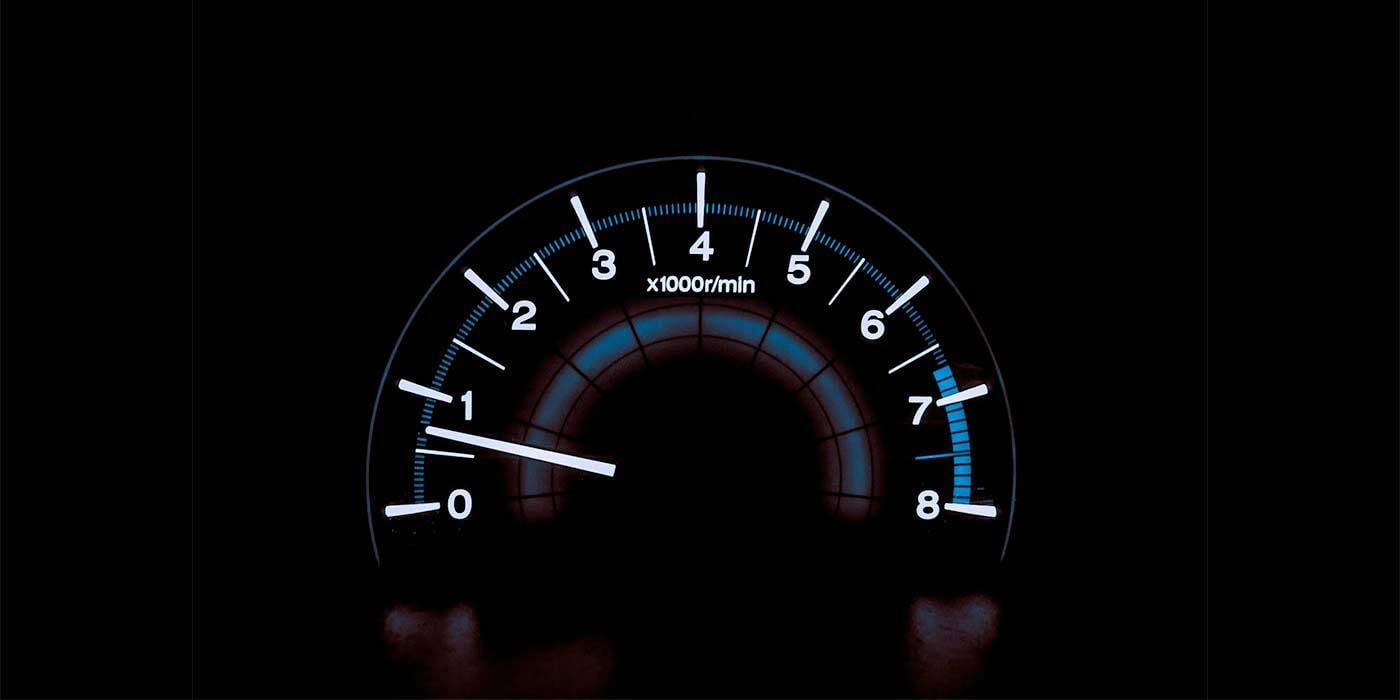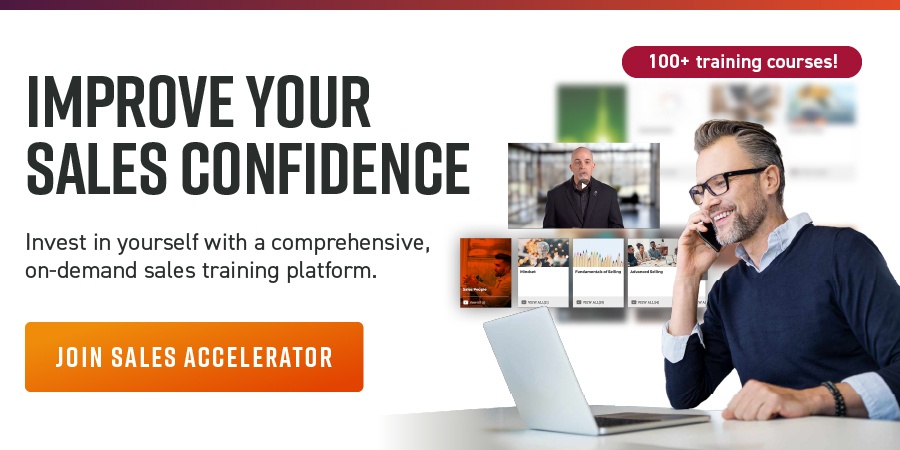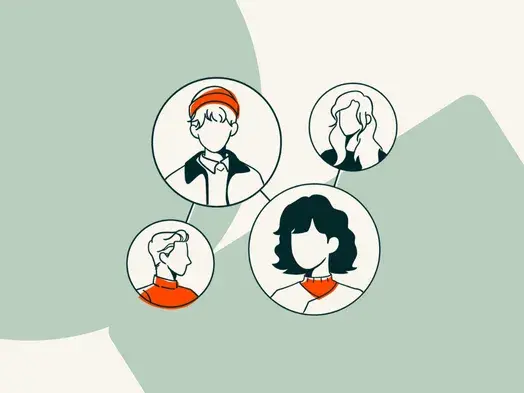B2B sales leaders think speed equals success, but the truth is rushing deals destroys trust and reduces win rates.
What Is Sales Velocity in B2B Sales and Why It Matters
Every so often you will find someone suggesting that deals die without velocity. The word “velocity,” refers to the rate and direction of an object, like that deal, going nowhere in your pipeline. The problem isn’t that deals need to move faster. The problem is that sales leaders confuse activity with progress. A deal moving quickly in the wrong direction is still a dead deal.
Why Sales Leaders Push Sales Velocity Over Quality Conversations
If you are a sales leader you know the pressure of quarterly targets. There is also the misinterpretation of “faster equals better.” Our modern sales culture has a tendency toward urgency in sales teams, even if their clients don’t share the urgency. Activity metrics, pipeline velocity reports, and dashboards reinforce the belief that speed is proof of health. But in complex B2B sales, speed can signal risk rather than strength.
Risks of Moving Too Fast in Complex B2B Sales Cycles
Moving faster than buyers creates pressure and resistance, causing decision-makers to pause to consider another sales organization with a better deskside manner. The salesperson who rushes their client will find that their contact is no longer considering them as a potential partner. There is a difference between helping your client move confidently and forcing progress. Forcing progress erodes trust, while aligning with your client’s pace builds it.
The Client’s Buying Journey and Pace in Complex Sales
The pace in complex, modern sales is slower, with more stakeholders, more decision-makers, and more stakeholders with politics and risk considerations inside large organizations. This is why consensus is slower but necessary. A single executive might want speed, but a buying committee introduces competing interests, different levels of risk tolerance, and the inevitable politics that slow momentum. A professional salesperson recognizes that slowing down to match this reality is not weakness — it is discipline.
Why Building Consensus Is the Key to Winning Large B2B Deals
I have sat in a room with contacts while they talked about a rare decision. One senior leader suggested that without making a certain change, he would not sign the contract. The rest of their task force were being held hostage to the senior leader. Too many salespeople have been told to go fast, instead of helping their client to find consensus. In modern sales, your job is not to push harder. Your job is to facilitate agreement so that the client can move forward without internal resistance.
The Pipeline Velocity Myth in Enterprise Sales
Moving fast doesn’t guarantee closed deals. In fact, rushing your client is more likely to cost you the deal. You can never go faster than your client when it comes to the rare decision they must get right on the first attempt or lose their status for botching it. Pipeline velocity looks impressive in a CRM, but deals that collapse under the weight of rushed urgency prove that “fast” is often just an illusion.
How to Create a Smooth B2B Sales Process That Builds Trust
In The Lost Art of Closing: Winning the 10 Commitments That Drive Sales, I explain how a smooth sales process, built on commitments, creates momentum without pressure. Each commitment moves the client naturally to the next conversation. This approach removes friction for the client, and what’s more, it allows you to lead your client. This enables the clarity, the confidence, and the certainty that gives decision-makers what they need to move forward to a “yes” and ink on paper.
The Role of the Modern B2B Sales Leader in Driving Win Rates
Sales leaders should give up velocity and focus on quality conversations over rushing a deal. You will lose deals by causing the client to feel rushed, but in modern sales you are better off prioritizing “decision enablement.” Leaders who coach their teams to create value in every interaction, instead of pushing for artificial speed, improve win rates and strengthen client relationships.
Practical Sales Strategies to Match Buyer Pace
Listening for client pace signals is critical. You should look and listen for the client’s pace and match it. Matching the pace is likely to earn you credibility, especially if your competitor was sprinting through the sales conversation. When your client senses that you respect their timeline, they are more willing to commit. This is not about going slow for the sake of slow. It is about moving at the speed of trust.
Redefining B2B Sales Success Beyond Velocity
You may want to think about the amount of time you spend with your client and hope that you have the lion’s share. Time spent with the client is not wasted — it is invested in alignment, in building confidence, and in enabling decisions.
This is the end of velocity in B2B sales, and the beginning of something better: sales that win because they match the complexity, pace, and reality of the modern client’s world.




